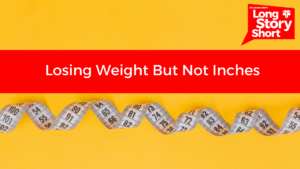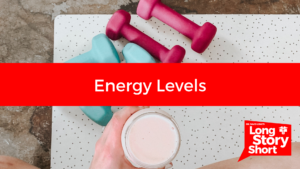It’s sneaky.
No warning signs.
No obvious symptoms.
Yet high cholesterol can silently raise your risk for a heart attack or stroke. That’s why it’s often called the “silent threat.” By the time symptoms show up, the damage could already be underway.
The good news? You have more control over your cholesterol and your heart health than you might think.
Why Cholesterol Matters
Cholesterol itself isn’t the enemy. In fact, your body needs it to build cells, hormones, and vitamin D. But too much of the wrong kind—or too little of the right kind—can put your health at risk.
When cholesterol levels are out of balance, fatty deposits can build up in your arteries, making them narrow and less flexible. Over time, this buildup can block blood flow, leading to heart attacks or strokes.
About 1 in 3 adults in the U.S. has high cholesterol, and many don’t even know it. That’s why prevention and regular testing are so important.
Good Cholesterol vs. Bad Cholesterol
Not all cholesterol is created equal. Here’s the breakdown:
- LDL Cholesterol (Low-Density Lipoprotein) – Often called the “bad” cholesterol. LDL carries cholesterol through the bloodstream, and when levels are high, it can stick to artery walls. Think of it like sticky plaque building up in your pipes over time. It clogs them and makes it harder for blood to flow.
- HDL Cholesterol (High-Density Lipoprotein) – Known as the “good” cholesterol. HDL helps clean up by carrying excess cholesterol back to the liver, where it’s broken down and removed from the body. Higher HDL levels are linked with lower risk of heart disease.
- Triglycerides – These aren’t cholesterol, but they’re another type of fat in the blood. High triglycerides combined with high LDL or low HDL raise the risk for heart problems even more.
The key isn’t just lowering cholesterol overall. It’s finding the right balance: lower LDL, higher HDL, and healthy triglyceride levels.
What You Can Do Right Now
Eat smart. Add more vegetables, fruits, whole grains, and fiber. Reduce processed and fried foods, and swap red meat for lean proteins like chicken, fish, or plant-based options.
Move your body. Aim for at least 150 minutes of activity each week. Exercise not only lowers LDL but also helps raise HDL, giving your body extra protection.
Maintain a healthy weight. Even a 5–10% weight loss can improve cholesterol levels significantly.
Know your numbers. High cholesterol has no symptoms. A simple blood test is the only way to see where you stand.
How to Take Action
Find a doctor you trust. Look for someone who will partner with you, explain your numbers, and build a plan that fits your life.
Get tested regularly. Guidelines often suggest testing every 4–6 years for healthy adults, but more often if you have risk factors like family history, diabetes, or high blood pressure.
Make small, sustainable changes. Lasting heart health isn’t about perfection. It’s about building daily habits that keep your arteries clear and your body strong.
Final Word of Encouragement
Your heart doesn’t flash a warning light like your car but you can still protect it. By understanding the difference between “good” and “bad” cholesterol, making simple lifestyle choices, and working with a doctor, you can take control of your future health.
Don’t leave your heart health to chance. Know your numbers. Take action. Protect the life and moments that matter most.





 and then
and then